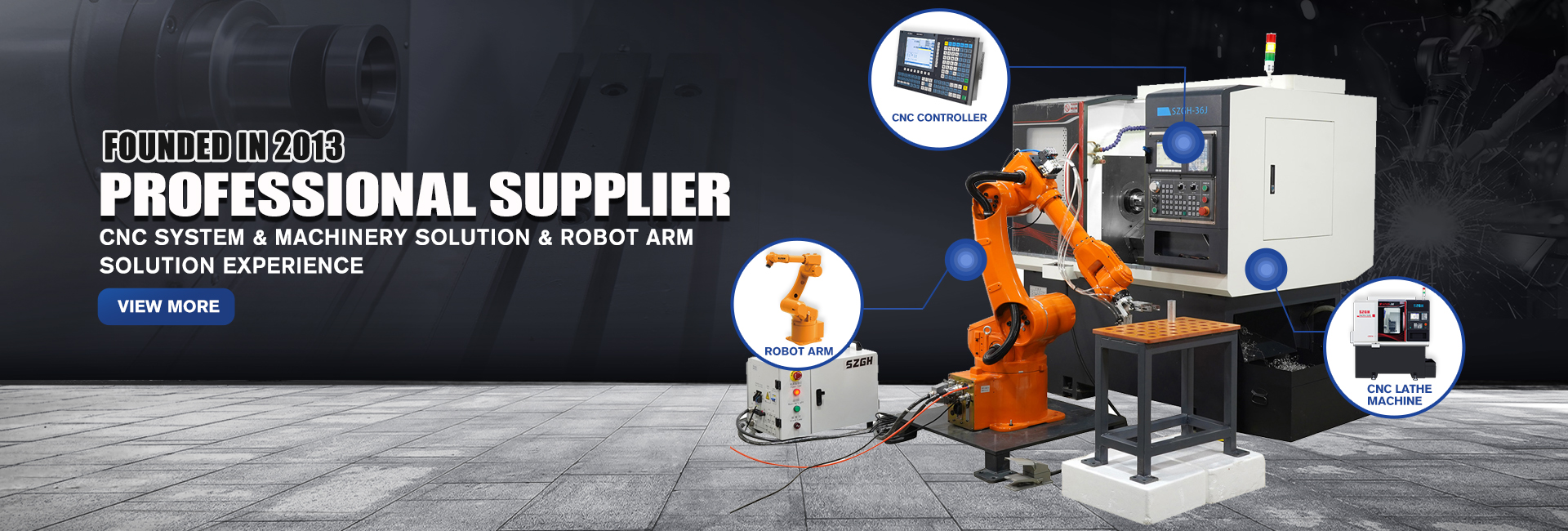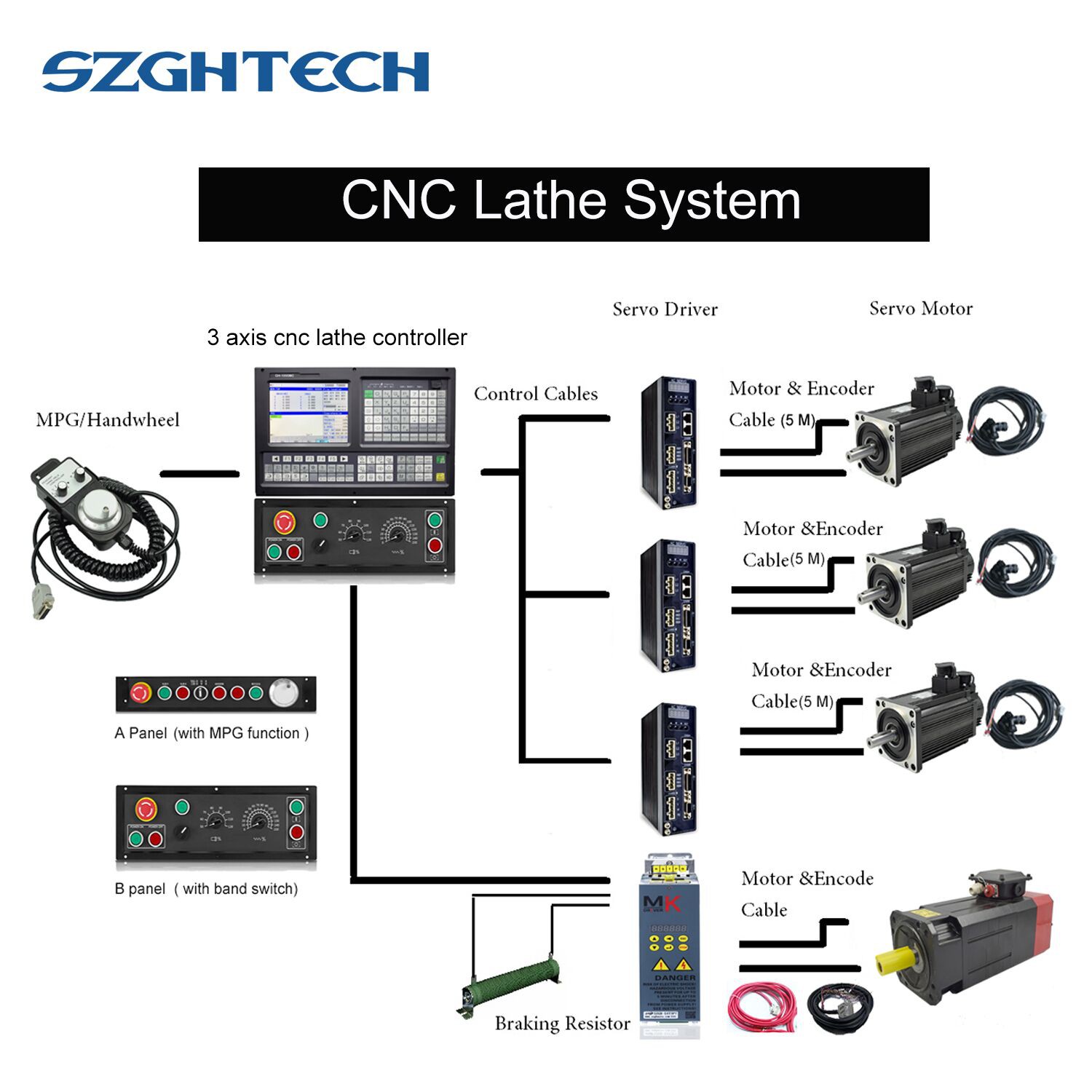
Number of control axes | 4 axes (X, Z,Y,A) |
Minimum programming | 0.001mm |
Maximum programming | ± 99999.999mm |
Top speed | 30m / min |
Feed speed | 0.001-15m / min |
Manual continuous | One axis or simultaneous multi-axis |
Interpolation method | Straight line, arc, thread interpolation |
Tool offset | Length compensation, nose radius C compensation |
Spindle functions | Gear, dual analog control, rigid tapping |
Handwheel functions | Panel type, plug-in hand-held |
Screen saver function | Screen saver function |
Support turning and milling compound processing, support high-speed and high-precision small line segment processing, support multiple sets of G code instructions, support dual-channel control, support spindle synchronization control, support feed axis synchronization control, support tilt axis control, integrated truss/pick-and-place arm control Function
The system software version can be flexibly configured as a single-channel high-speed and high-precision standard version, a dual-channel turning/milling standard version, and a dual-channel truss special version, which can be adapted to a variety of machine layouts to meet the functional requirements of complex applications.
Application: CNC Lathe & Turning Machinery and specially automatic equipment
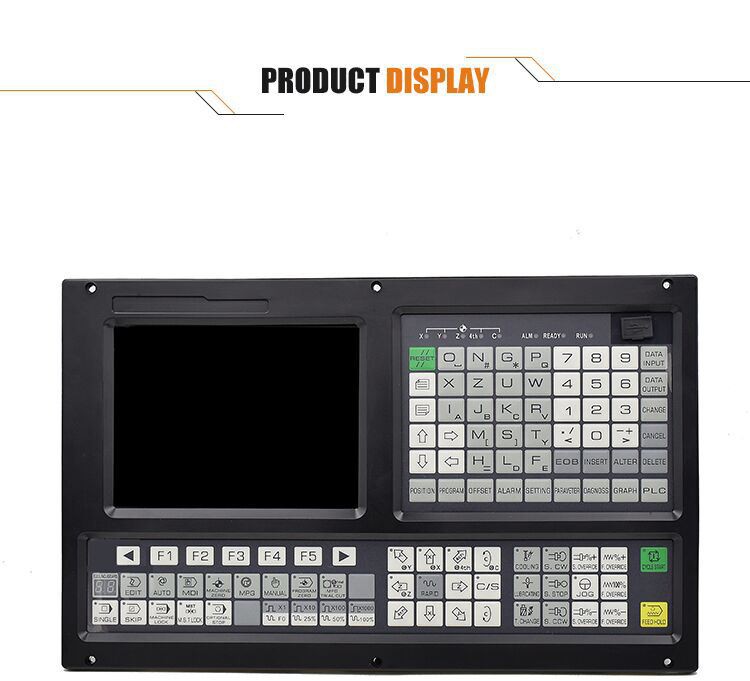

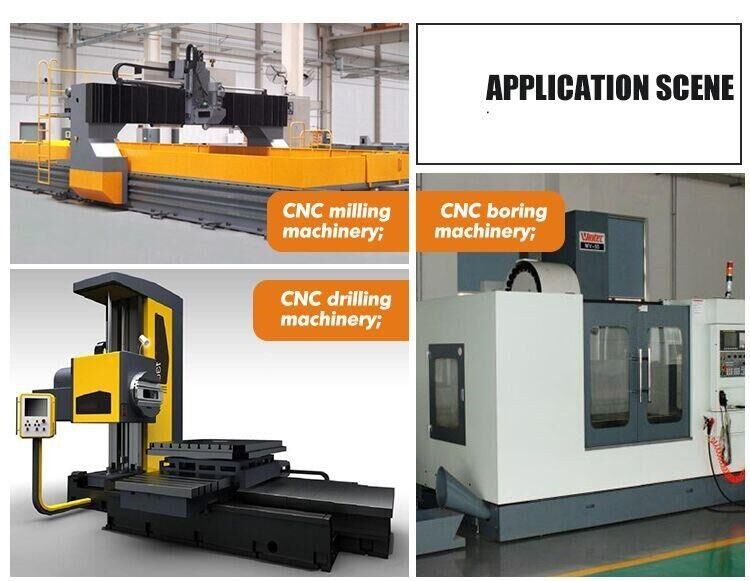
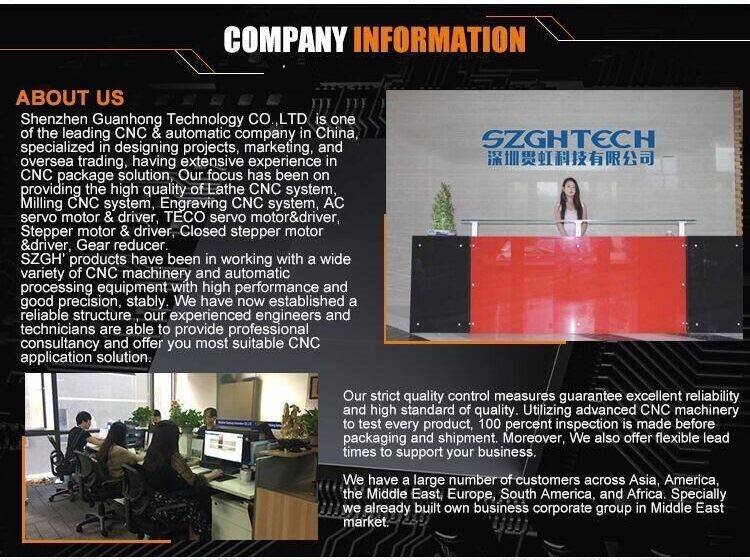
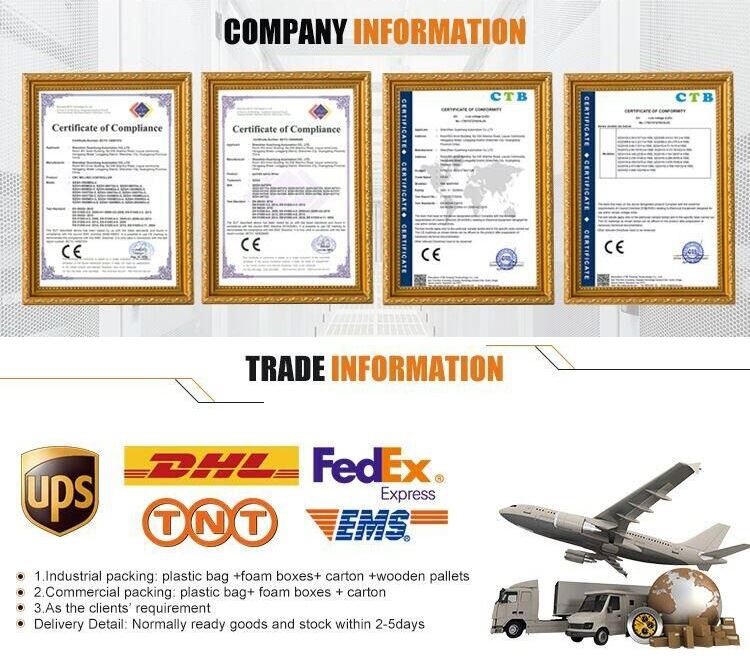
FAQ
Q: Which payment form you can accept?
A: T/T, Western Union, PayPal etc. We accept any convenient and swift payment term.
Q: Which certificate do you have?
A: CE and ER
Q: Do you have the test and audit service?
A: Yes, we can assist to get the designated test report for product and the designated factory audit report.
Q:The difference between turning system and CNC system
A:The turning system is required to be able to reflect the distance of the tool point relative to the lathe axis at any time, in order to express the radius of the workpiece currently processed, or multiply by 2 to express the diameter; The turning system has a variety of fixed cycles for turning threads; The turning system supports the switch between the spindle and the C axis, and supports the programming of the end cartesian coordinate system or the cylindrical coordinate system of the rotary body. And for the milling CNC system requires more complex curve, surface programming ability, including five axis and inclined plane processing.
If you have another question, pls feel free to contact us as below

